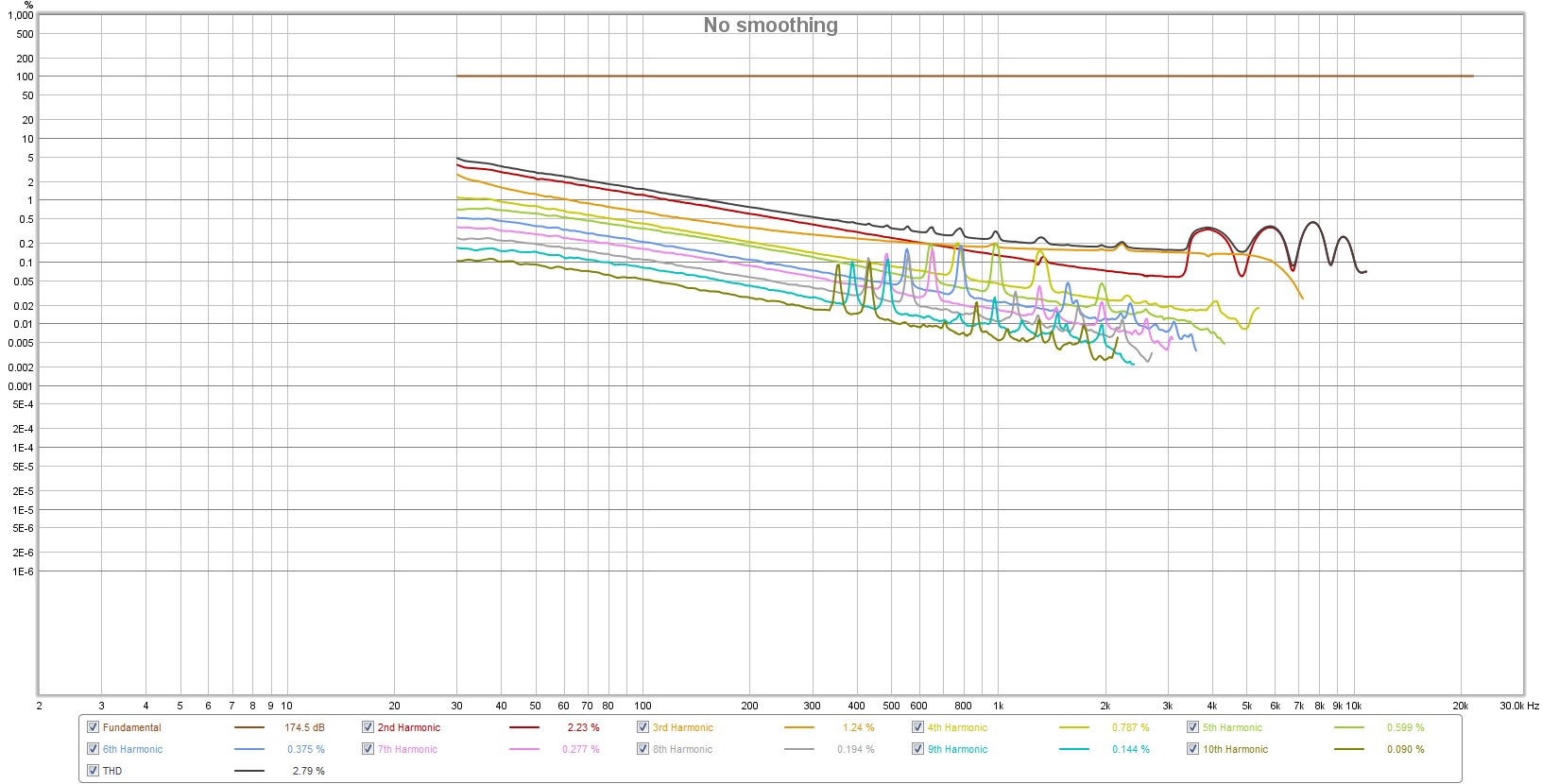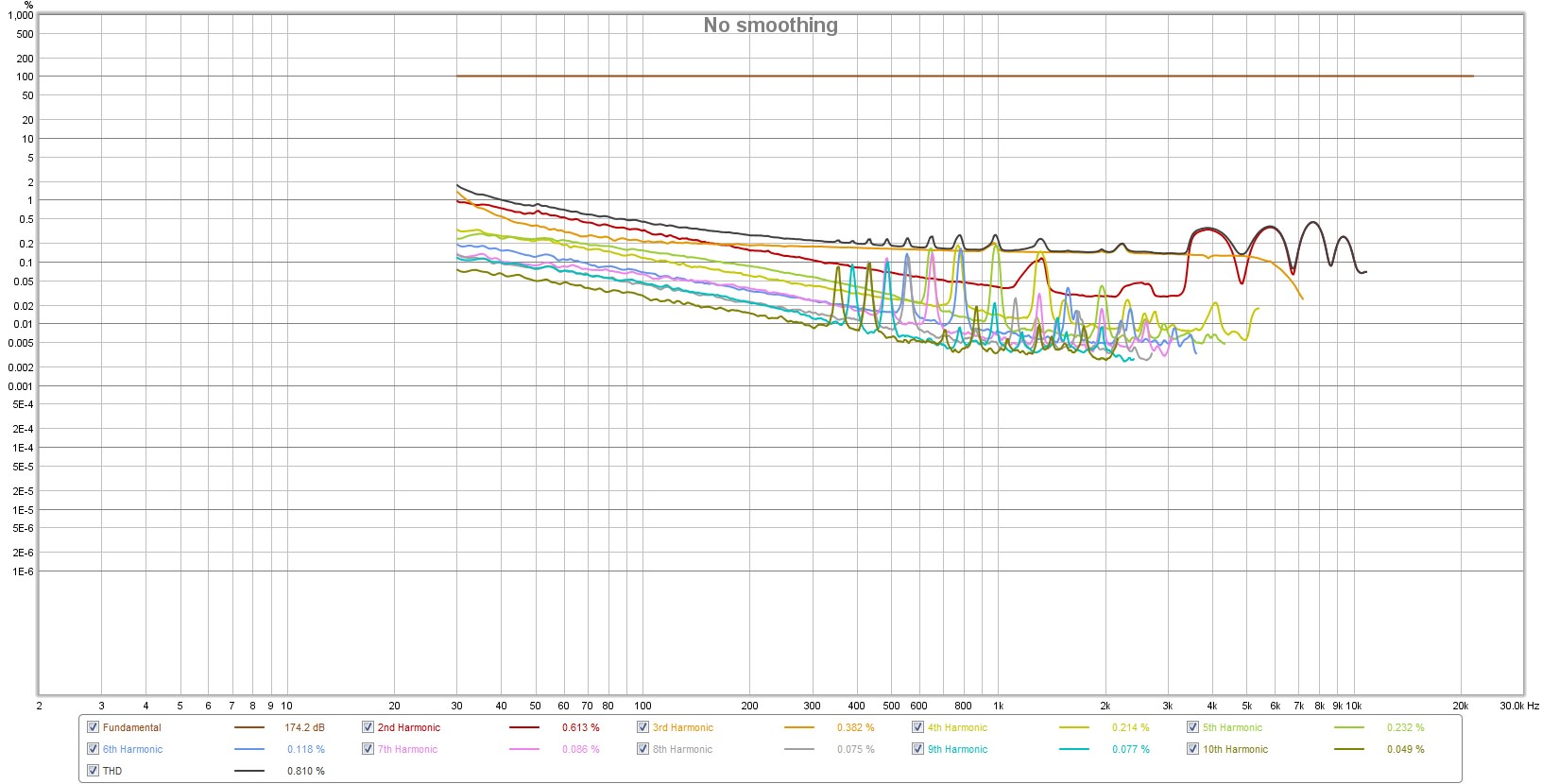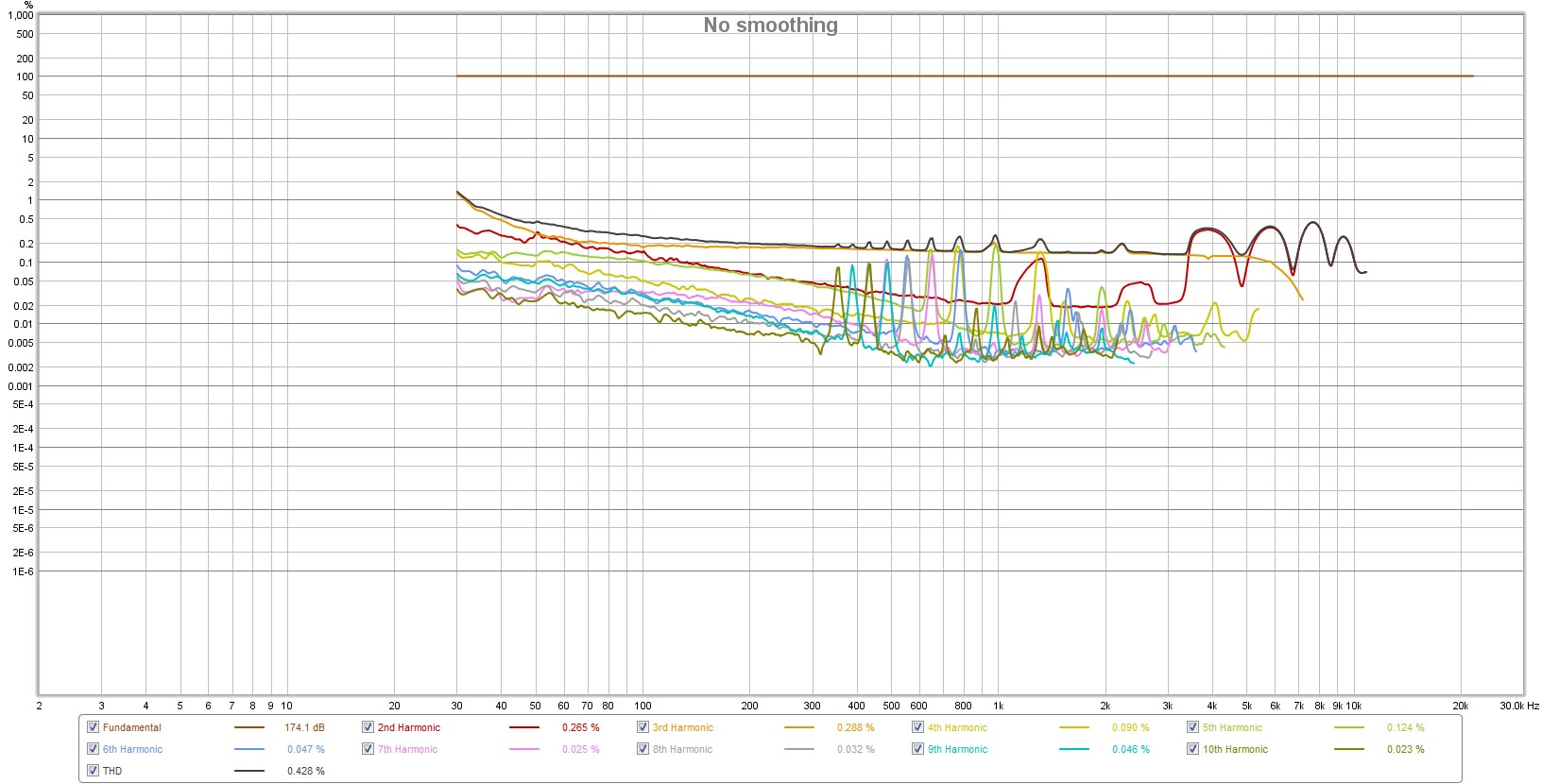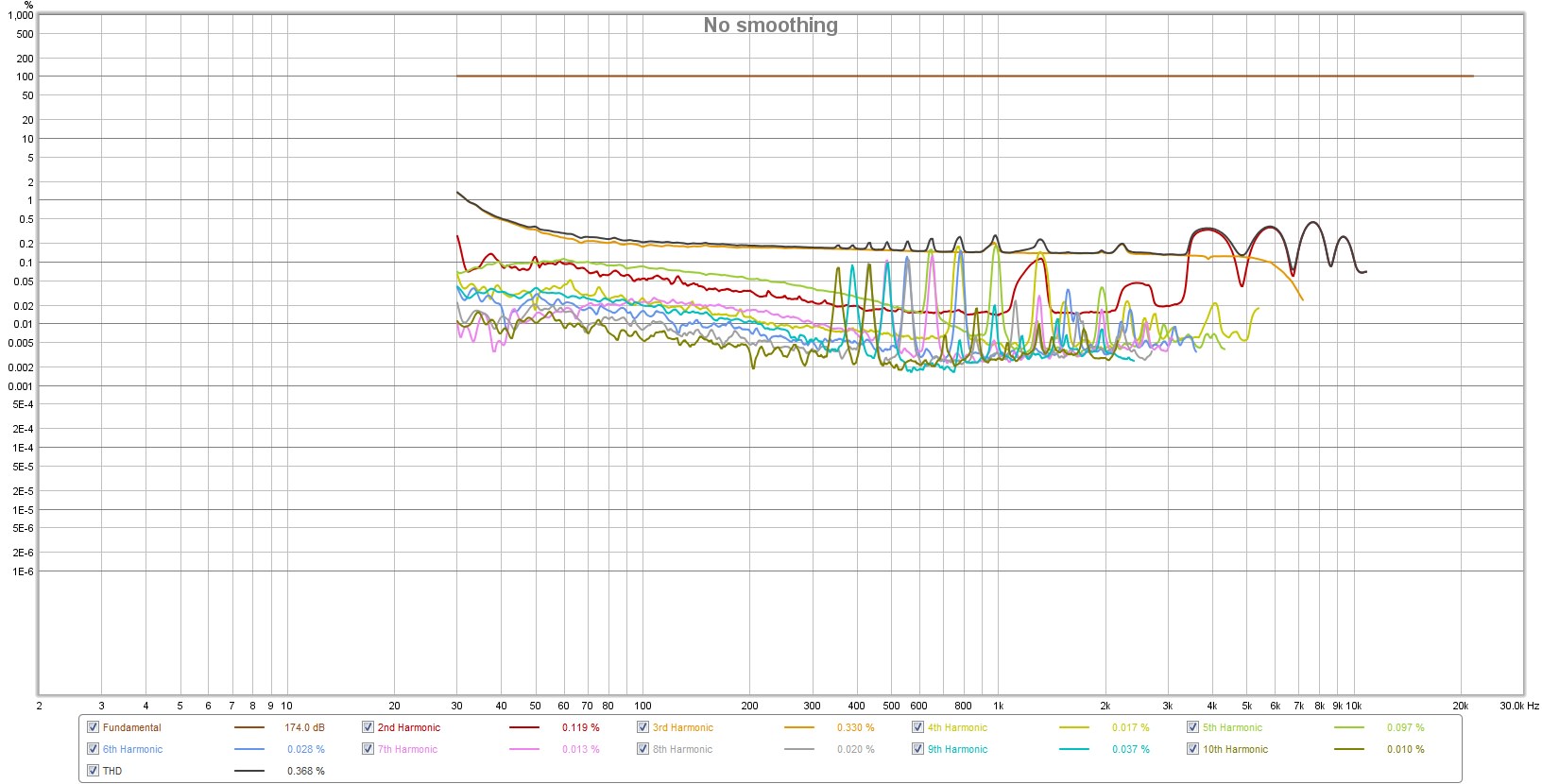@Ruud, not the cleanest comp i agree. However, LF area was actually cleaner with stock output transformer, these measurements are with Carnhill.
@r2d2
It seems to be the same thing, with some tweaks/changes. The diodes are closely matched, pretty surprising.
I guess it could benefit from cap upgrade in the signal path, i am not 100% sure that Nichicon branded ones are originals. Some are lower values compared to Igor's.
Switchable Zobel is a nice feat.
Igor mentions some blue aged tantalums are better option. Sounds bit esotheric to me, but...
Mentions also old Motorola transistor, i might try one.
Both CP540 and MP73eq do the same thing i can't get with any plugin.
With no compression/eq enabled when driven harder they do wonders on stereo busses.
I don't have pairs sadly, but i just run L&R chanels individualy and bring them back in DAW. No compression, just driven until i hear first clue of distortion, and then dial back couple db. It does wonders this way, both eq and compressor.
Btw i sold LA610 and Liquid Chanel in the meanwhile and never regreted. I am actually surprised both units got good reviews at Gearslutz as well as their 500 series
@r2d2
It seems to be the same thing, with some tweaks/changes. The diodes are closely matched, pretty surprising.
I guess it could benefit from cap upgrade in the signal path, i am not 100% sure that Nichicon branded ones are originals. Some are lower values compared to Igor's.
Switchable Zobel is a nice feat.
Igor mentions some blue aged tantalums are better option. Sounds bit esotheric to me, but...
Mentions also old Motorola transistor, i might try one.
Both CP540 and MP73eq do the same thing i can't get with any plugin.
With no compression/eq enabled when driven harder they do wonders on stereo busses.
I don't have pairs sadly, but i just run L&R chanels individualy and bring them back in DAW. No compression, just driven until i hear first clue of distortion, and then dial back couple db. It does wonders this way, both eq and compressor.
Btw i sold LA610 and Liquid Chanel in the meanwhile and never regreted. I am actually surprised both units got good reviews at Gearslutz as well as their 500 series
Last edited:





































